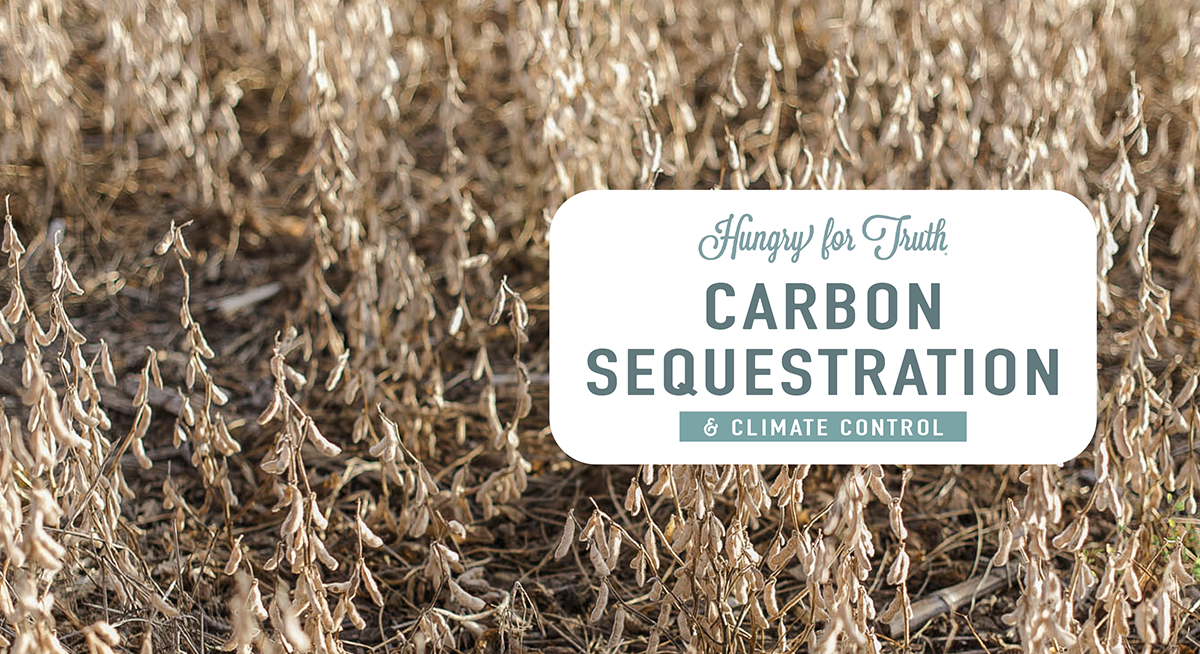Carbon Sequestration & Climate Control
In the world today, with the knowledge we have about the earth and the environment, finding ways to keep the planet clean and green is essential to keep our climate controlled. The earth itself does a lot to control the atmosphere above it. For example, the world’s oceans are the primary drop for human-caused carbon dioxide emissions. Due to a chemical reaction between seawater and CO2 in the atmosphere, a natural process of carbon sequestration takes place.
Scientists around the world are trying to produce their own ways of carbon sequestration. Now you may be wondering, what does carbon sequestration mean? Carbon sequestration is the process of securing carbon dioxide to prevent it from entering the Earth’s atmosphere. It stabilizes carbon in solid and dissolved forms, so it does not cause the atmosphere to warm. As more ways of carbon sequestration are discovered and created, it shows promise with reducing the human “carbon footprint”.
This “footprint” is the total amount of greenhouse gases, such as carbon dioxide, methane, and nitrous oxide, which are created by our human actions. These gasses get trapped in our atmosphere, causing it to heat up. In an overview of U.S. greenhouse gas emissions in 2019, carbon dioxide made up 80% of our gas emissions. These carbon dioxide emissions come from things such as transportation, electricity, industrial processes, and residential/commercial activities.
Learning how to capture and store carbon dioxide is a way scientists are trying to delay these greenhouse gases from heating up the atmosphere. Forty-five percent of carbon dioxide stays in the atmosphere and the rest is sequestered naturally by the environment. Historically, about 25% of our carbon emissions have been captured by the earth’s forests, farms & grasslands.
In an article published by UC Davis in 2019, the author describes how carbon is sequestered in soil by plants through photosynthesis and can be stored as soil organic carbon (SOC). This opens up whole new opportunities to store carbon through better land management practices. Scientists and land managers are working to keep landscapes vegetated and soil hydrated for plants to grow and sequester carbon. Replanting trees in areas where deforestation has occurred could also help have a huge effect on carbon sequestration efforts.
As a greater, voluntary, retail market emerges with more individuals and groups searching to purchase carbon offsets to reduce their carbon footprint, it allows the public to engage in climate protective actions. The market encourages social awareness of climate change and the effect our carbon footprint has on the planet. It brings to light the habits that we have created and the steps that we, as the consumer, need to take in order to change the trajectory of greenhouse gas emissions.





